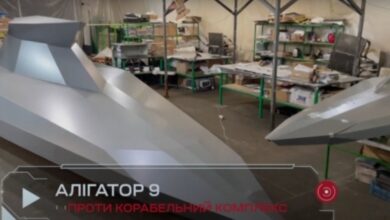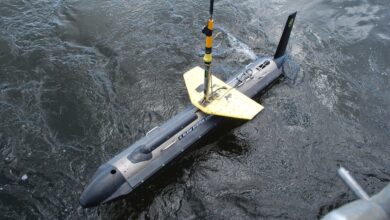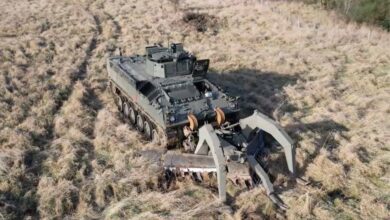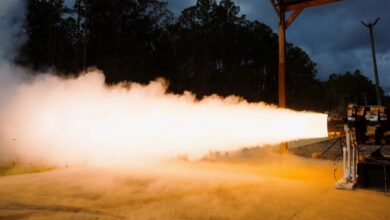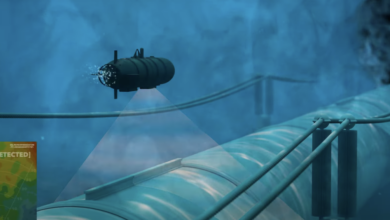The US Navy has awarded Textron Systems a contract worth up to $100 million for software updates and payload integration on the mine countermeasures (MCM) unmanned surface vehicle (USV).
Over three years, the company will support the US Naval Sea Systems Command by maintaining and advancing the software architecture and incorporating new mission systems into the MCM USV platform.
In addition, the deal includes testing and demonstration work on possible future mission systems.
These include the Magnetic and Acoustic Generation Next Unmanned Superconducting Sweep system, dubbed “MAGNUSS,” and other mine neutralization payloads.
The contract also covers potential systems for surface warfare, anti-submarine warfare, intelligence, surveillance, and reconnaissance.
Mine Countermeasures Unmanned Surface Vehicle
The MCM USV is a diesel-powered, semi-autonomous vessel built with an aluminum hull.
Designed for long missions at sea, it is used to detect, classify, and locate underwater mines.
The vessel includes core systems such as propulsion, power generation, radar, navigation, and communication with a host ship.
It can be launched and recovered from vessels or from shore and supports integration with various modular payloads.
It is equipped with sonar systems and cameras to detect and identify both floating or near-surface mines and those anchored to the seabed.
Enhancing Maritime Capabilities
Textron has been developing advanced systems for US and allied maritime operations, including unmanned vessels and payloads.
Earlier this year, the company introduced the “Tsunami” series of autonomous surface vessels for unmanned missions.
In 2024, Textron received a contract from the US Navy worth up to $106 million for Mine Sweeping Payload Delivery Systems.
The contract covers spare parts and engineering services to support mine-sweeping and mine-hunting operations.






